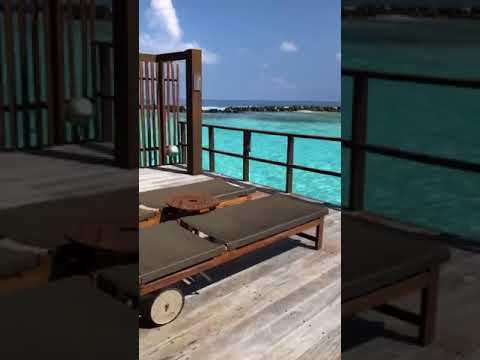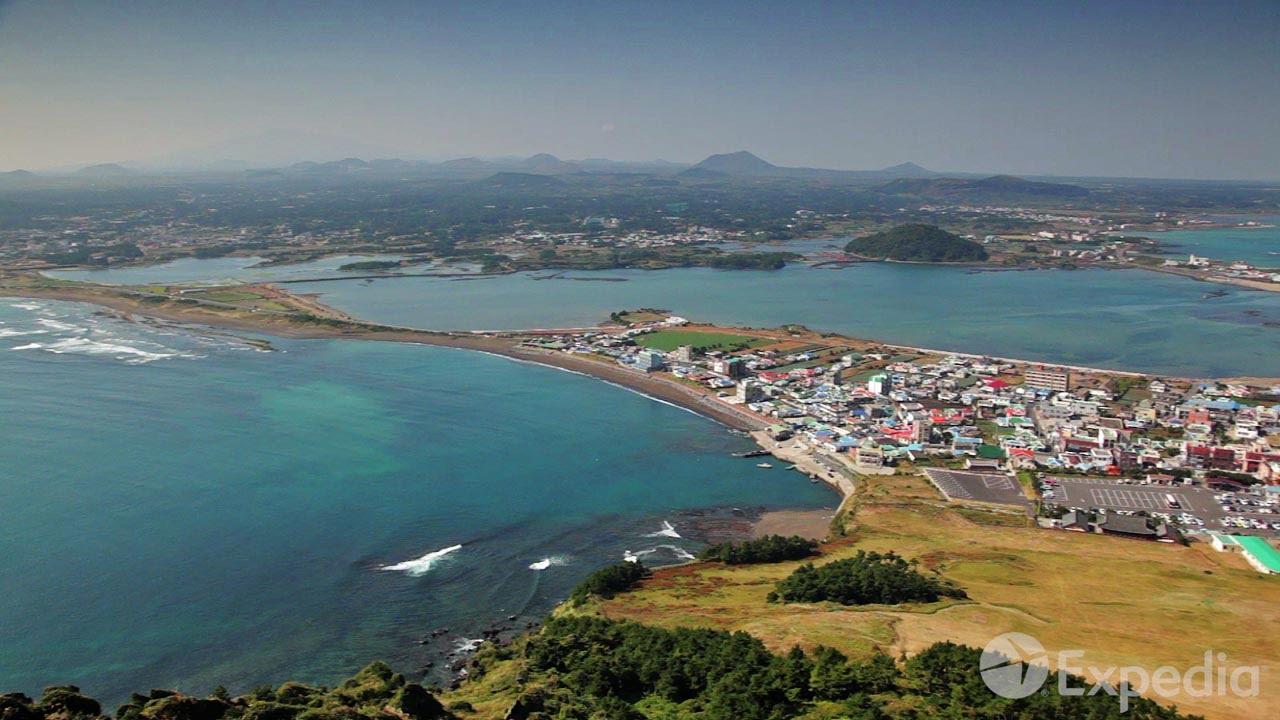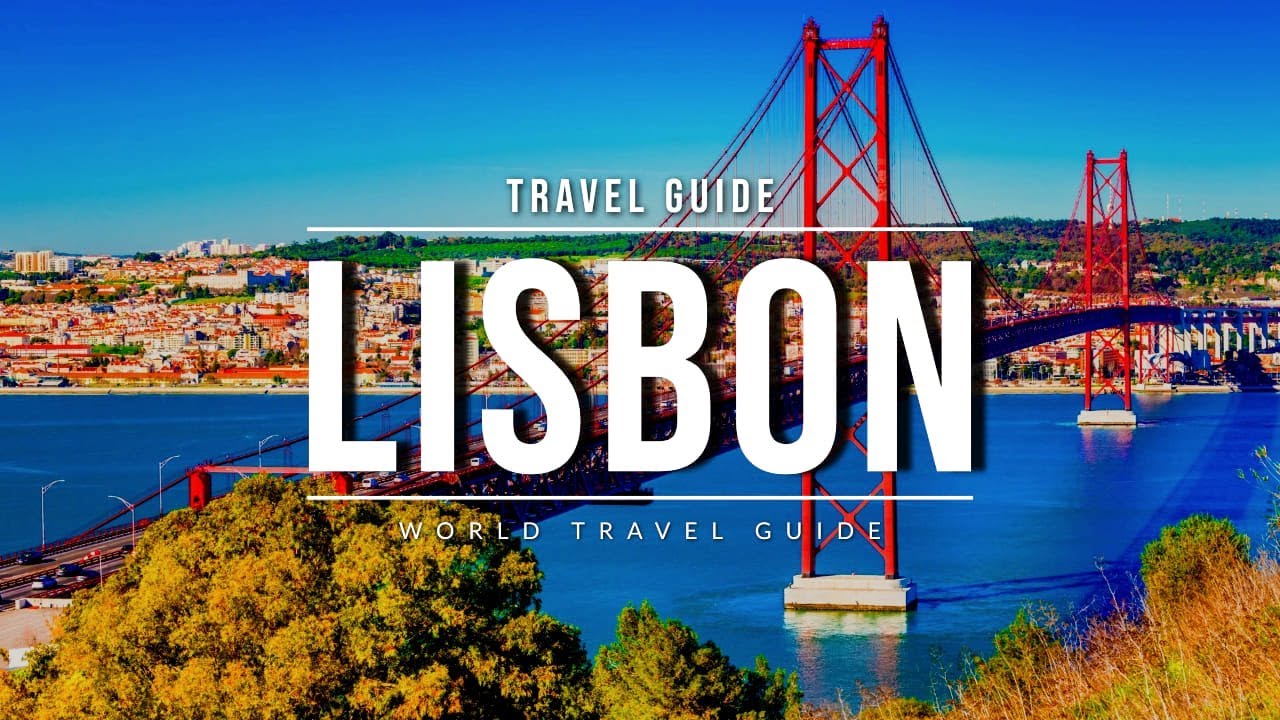### World Travel Guide: Buenos Aires
Welcome to this episode of City Guides! Today, we’re exploring Buenos Aires, the vibrant capital of Argentina.
#### Introduction
Buenos Aires, often called the “Paris of South America,” is a cosmopolitan city located on the western shore of the Río de la Plata on South America’s southeastern coast.
The city, which means “fair winds” or “good airs,” has a population of 3.5 million people and is a bustling hub of culture and activity.
#### Historical Background
Buenos Aires was founded in 1536 by Spanish explorer Pedro de Mendoza. However, attacks by local indigenous groups forced the settlers to relocate to Paraguay in 1539.
In 1580, another settlement was established and thrived. The city grew powerful, becoming a significant trade hub for the region, including present-day Argentina, Paraguay, Uruguay, and parts of Bolivia.
The city’s industrialization in the early 20th century attracted many European immigrants, whose influence remains strong.
#### Iconic Landmarks
– **The Obelisk of Buenos Aires**: This national historic monument stands 68 meters high in Plaza de la República.
It was erected in 1936 to commemorate the quadricentennial of the city’s first foundation. Visitors can climb the 206 steps inside to a viewing platform with windows on all four sides.
– **Plaza de Mayo**: Established in the 16th century, this two-block-long plaza has been the site of many significant historical events. It’s now a pedestrianized area perfect for sightseeing, including the popular Florida and Lavalle streets.
– **Casa Rosada**: Known as the Pink House, this mid-1800s building is the official residence of the President of Argentina.
It stands on a site that dates back to the 16th century.
– **La Boca**: Buenos Aires’ most colorful neighborhood, La Boca, is a favorite among artists.
The Caminito Street Museum, a pedestrian-friendly zone, has been an open-air museum and art market since 1959.
#### Sports and Recreation
– **Estadio Alberto Armando (La Bombonera)**: Home to the Boca Juniors team and famously known as Maradona’s old stomping grounds, this stadium is a must-visit for sports fans.
Tours include a visit to the Museum of the Passion for Boca.
#### Cultural Attractions
– **Recoleta Cemetery**: Famous for its elaborate mausoleums, this cemetery is the final resting place of many notable locals and a popular tourist attraction.
– **Puerto Madero**: The most modern neighborhood in Buenos Aires, featuring historic port buildings alongside modern restaurants and skyscrapers.
It’s also home to a large ecological reserve with river access.
– **Galileo Galilei Planetarium**: Resembling a UFO, this 1960s-built planetarium in Palermo features a 20-meter dome for star projections, a museum, and interactive exhibits.
#### Day Trips
– **Tigre**: A one-hour train ride from Buenos Aires, Tigre is perfect for a day trip. Visit on a Sunday to explore the Puerto de Frutos market.
Enjoy boat tours, kayaking, or dining at waterfront restaurants.
#### Best Time to Visit
Buenos Aires is a year-round destination. Choose according to your preference for weather:
– **Summer**: For those who enjoy hot, sticky weather.
– **Winter**: For cooler temperatures.
– **Fall and Spring**: For pleasant, mild days.
The city hosts various cultural events throughout the year, including the Tango Festival in August and the Festival of International Independent Cinema in April.
Are you planning to visit Buenos Aires soon? Let us know in the comments! If you enjoyed this video, hit the like button and subscribe to our channel for more amazing city guides.









